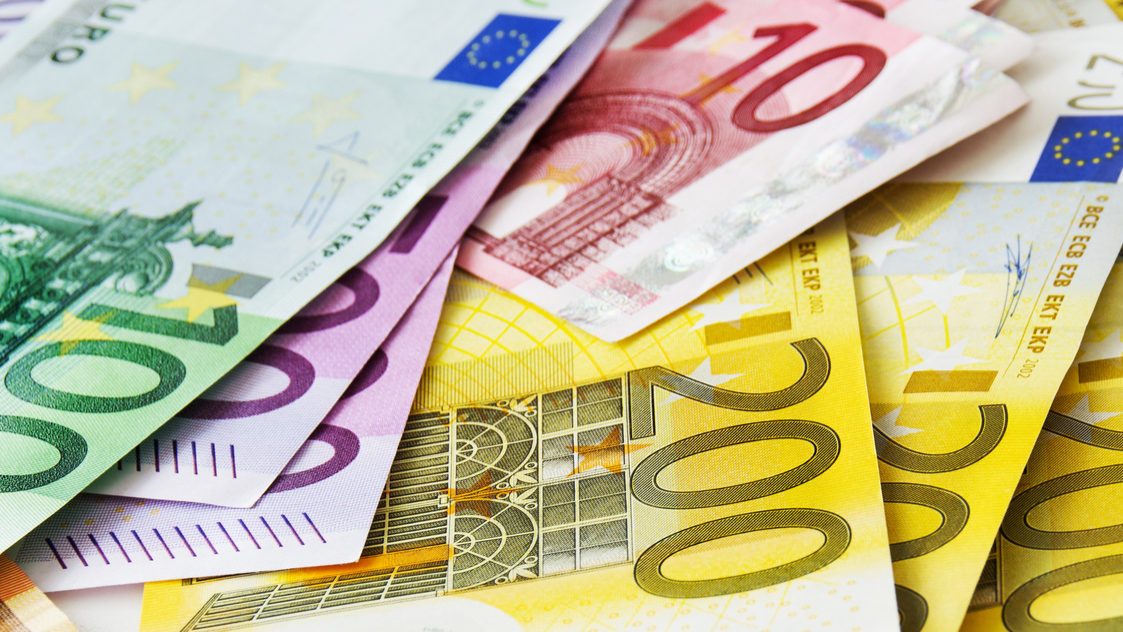Non-residents bought 8.5% of real estates sold in 2019
Non-residents were responsible for 8.5% of the properties sold in Portugal last year.
Foreigners continue to have a significant weight in property acquisitions in Portugal, however, it was lower in 2019. 8.5% of real estate sales in Portugal were made to non-residents, according to data from the National Statistics Institute (INE). As they buy houses much more expensive than national citizens, their weight in the value of transactions was 13.3%.
“After the significant increases both in number and in value in previous years (+14.5% and +19.2% in number and +22.2% and +22.6% in value, respectively in 2018 and 2017), in 2019 the number of real estates acquisitions by non-residents decreased by 2.0%, having increased by only 1.0% in value,” INE says.
The representativeness of non-residents in transactions is lower than that these buyers have in the value of registered transactions, as they tend to seek higher-value properties. “In 2019, the average value of real estate sold to non-residents was 176,429 euros (+3.1% vis-à-vis 2018). This value is 57% higher than the average value of total transactions, a relative difference similar to the one recorded in 2018,” INE explains.
“As in the previous year, residents in France (18.1% of the total value), followed by residents in the United Kingdom (17.3%) were the main foreign buyers of real estate in Portugal. Among the main countries of residence of non-resident buyers, it is worth mentioning China, whose average value of real estate purchased by residents in this country (373,071 euros) was more than double the total average value of real estate sold to residents abroad.”
Also, the non-residents’ preference no longer lies in the Lisbon Metropolitan Area. “The Algarve has overtaken the Área Metropolitana de Lisboa, having represented 37.7% of the total value of acquisitions by non-residents (35.8% in the Área Metropolitana de Lisboa), as a result of the respective variations of +6.1% and -8.5%, compared to 2018,” the INE concludes.


